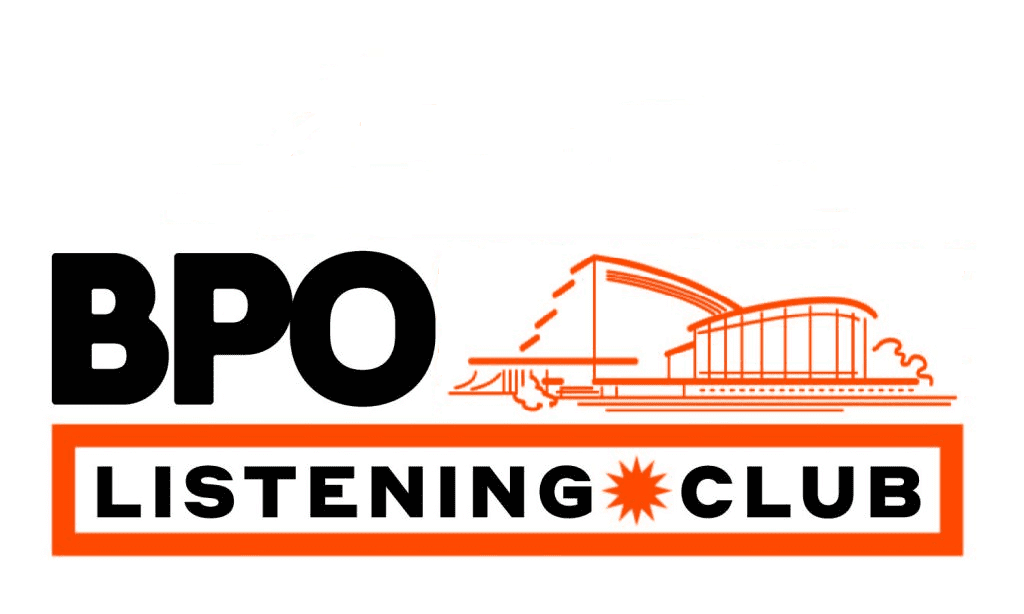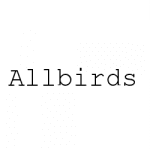
VAUGHAN-WILLIAMS/Greaves Fantasia on Greensleeves
performed by the Tasmanian Symphony Orchestra
CORELLI Concerto Grosso, Opus 6, No. 8, “Christmas Concerto”
performed by Musica Amphion
HANDEL Selections from The Messiah: Comfort Ye, Ev’ry Valley Shall Be Exalted
performed by the Academy of St. Martin in the Fields
VIVALDI Concerto in B minor for Four Violins, Cello, and Orchestra, R.580
performed by the Karol Szymanowski Music School Orchestra
WELLS & TORME/Simmons The Christmas Song
performed by the Dallas Wind Symphony
RESPIGHI “The Adoration of the Magi” from Trittico Botticelliano
performed by the Philharmonia Orchestra
ADAM/Naughtin O Holy Night
performed by Andrea Bocelli
MARTIN & BLANE/Simmons Have Yourself a Merry Little Christmas
performed by Bing Crosby
arr. Naughtin We Wish You A Merry Christmas
performed by Virtuoso Kwartet Smyczkowy
Happy holidays everyone! I hope that everyone is able to celebrate safely and with good health. The BPO always celebrates this time of year with a ton of concerts – normally I’d be completely exhausted right about now. Obviously, nothing is normal this year, so therefore I currently have the energy to share with you something to listen for in this week’s concert.
One of the things I do in my spare time is design and publish websites. I enjoy the near-mathematical style of thinking that writing code requires – it exercises a different part of my brain than making music does. Where music and websites intersect, though, is in design. What should a website look like? How should it feel? What pieces should go where? These are similar questions that composers ask themselves when writing music: what kind of mood should my music convey to a listener? In what order should my ideas be organized? What instrument, or instruments, should play a certain melody?
The challenge of these types of questions is that, unlike mathematics, there isn’t always a clearly correct answer. It makes decision making more complicated. Take font choice, for example. Ever play around with the font choices for your essay assignments instead of actually writing things? Yeah, uh, me neither. Well the point is, there are hundreds of fonts that you could choose from that would be acceptable to the average reader (although you probably have to use something specific for school). If there are that many acceptable options, how do you choose?
Font choices influence the way that you interpret a certain word, and this is how brand designers earn their money. Take the logo for the shoe company Allbirds, as an example. This is their brand name, and next to it I’ve taken that same brand name and applied a different font:
Same word, completely different feeling. How would you describe each? A designer had to come up with that specific look, in the hopes of making you feel a certain way about those shoes.
This is the same challenge a composer faces. Let’s say you write a really nice melody. What instrument should play it? The orchestra has a lot of different sounding instruments within it. The process of choosing which instruments will play a musical idea is called orchestration. These choices are influenced by the timbre (rhymes with amber), or unique characteristics, of each instrument. This is a fancy way of saying that a double bass and an oboe sound different from one another (have different timbres). Similar to the way that font changes the way you read or interpret a word, the timbre of an instrument affects the way you hear a musical phrase.
Each instrument has its own timbre, and to make things more complex, you can combine instruments together to create a new sound. Here’s a particularly good example of this, where a bass clarinet and an E-flat clarinet are paired together to create what I think is a hollow kind of sound. The excerpt is about 25s long.
The variety of instruments within an orchestra affords composers the possibility to take a musical idea and enhance it through orchestration. In this week’s concert, I’d like to direct your attention to one particular piece on the program: Respighi’s “The Adoration of the Magi”. Notice the instruments he chooses to play melodies and groups of instruments he chooses to pair together. Remember that he could have chosen something differently than what you hear, so take note of the decisions that he made.
Discussion Questions:
- Which instruments did you notice were featured prominently? Did you notice any combination of instruments that you thought blended together to create a new sound?
- Go to https://play.typedetail.com/ and play around with some fonts. Try to choose a font or a collection of fonts that you think matches the mood of this piece – or, in another way of thinking, try to choose a font that you think would make a good “brand” for this piece.
- It’s not just melodies that composers work with when orchestrating. There are also musical ideas designed to accompany those melodies, to be more in the background. What instruments do you think are good for being in the foreground, and which in the background?

